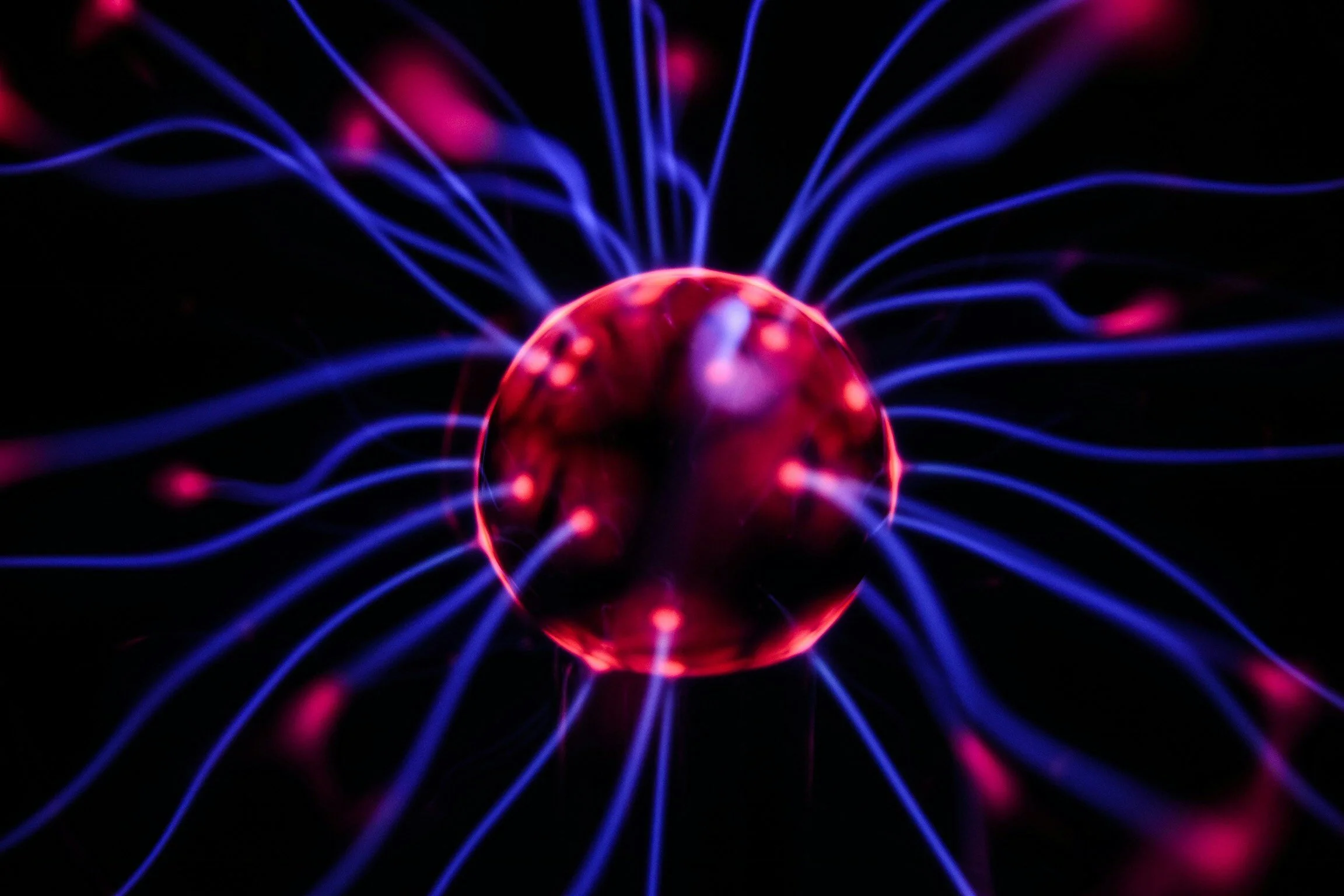The blood-brain-barrier is an important player in epilepsy, even if it is an unsung hero. You may (or perhaps may not) recall from veterinary school that there are 3 parts to the BBB. 1) the tight junction (TJ) proteins between endothelial cells 2) the highly specialized and restrictive transport system in the cellular walls and 3) the capillary wall which utilizes a basement membrane, astrocyte feet (I love that they have feet) and little pericytes. The BBB is one of the best bouncers in the system and it takes extreme caution allowing molecules to pass. Over the years we have learned that the BBB plays an important role in epilepsy. For example, disruption of the TJ proteins, most notably upregulation of MMP9 (if you want to know everyone’s full name, please refer to the article) has contributed to the generation of seizures. Conversely, stabilization of the BBB can prevent seizures in experimental models. Leakage of serum albumin, through a dysfunctional BBB, has been shown to bind to TGF-beta on astrocytes and cause astrogliosis (an increase in astrocytes, or upregulation of their function). The development of astrogliosis, followed by some changes in the extracellular matrix causes a DECREASE in the inhibitory protein GABA and INCREASE in excitatory synapses in the brain. Decreasing the inhibitors and increasing the excitatory proteins. Yikes! Bring on the seizures.
A study was published outlining some novel ways to look at the BBB using MRI (Hanael E, et al from Israel. JVIM 2024). There are parts of that article that I will be skipping for this TidBit Tuesday because they aren't applicable unless an MRI is part of your practice. However, the parts that I think are good for general discussion relate to the location in the brain. Seizures are frequently generated in the piriform lobe, so the researchers looked at that lobe using MRI, histopathology and CSF. They found a significant increase in albumin and MMP9 proteins in the piriform lobe in dogs with idiopathic epilepsy, along with evidence of damage to the BBB on MRI in this region. CSF albumin was increased AND serum MMP9 activity was increased in dogs as well. All of this supports evidence that we are finding damage to the BBB, causing consequences to the brain (specifically the piriform cortex) which is then manifested physically as a recurrent seizure disorder (epilepsy). Perhaps the future will hold some therapies directed at "patching" the BBB as a treatment modality - you'll have to stay tuned!
This week's TidBit Tuesday was a bit heavy on the sciences so I hope you'll forgive me on this first full week of summer. Epilepsy is an ever changing area of study that I find fascinating and hope you don't mind coming along for the ride with me sometimes. Have a terrific week and I hope you can get out and enjoy the sunshine!

